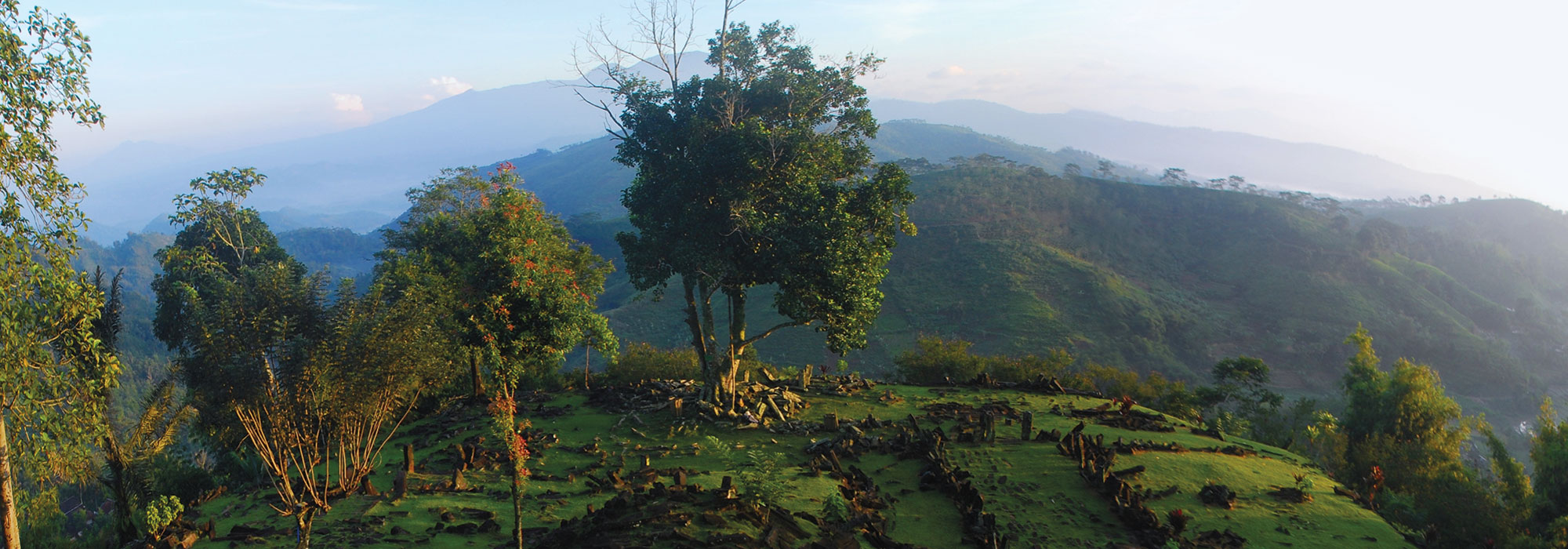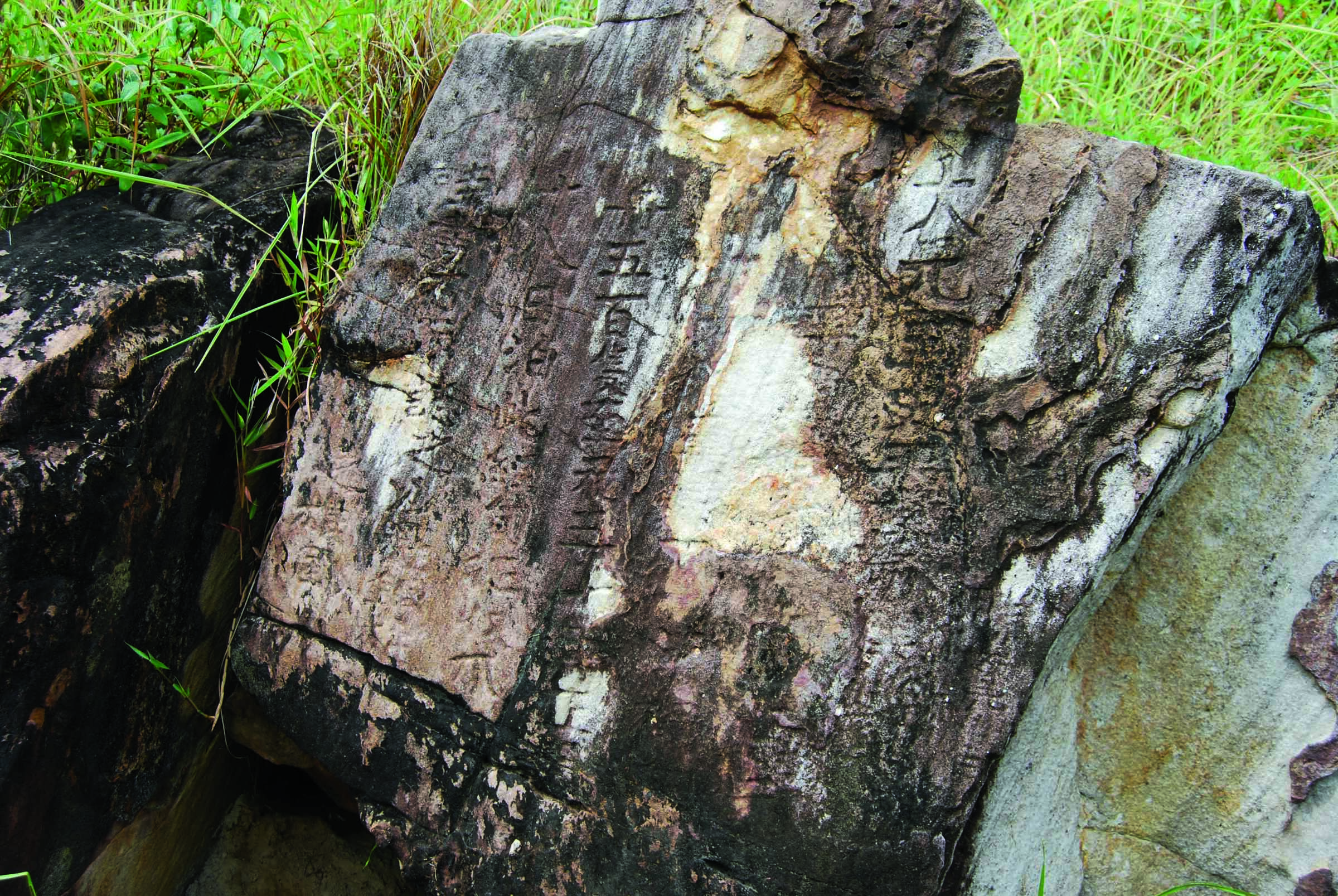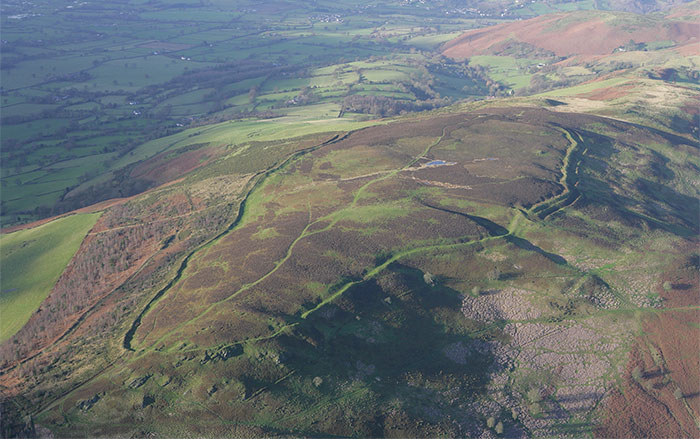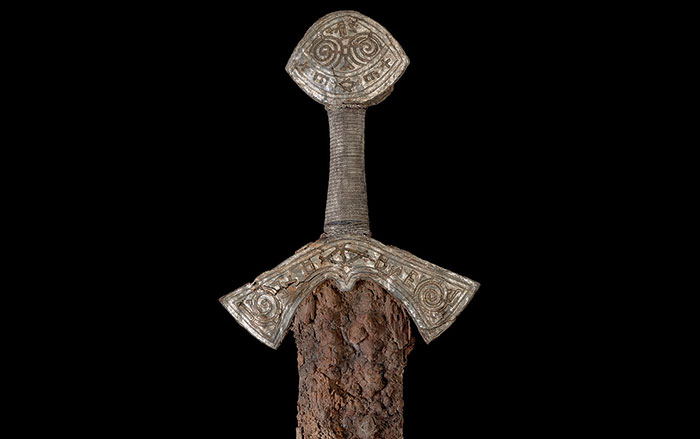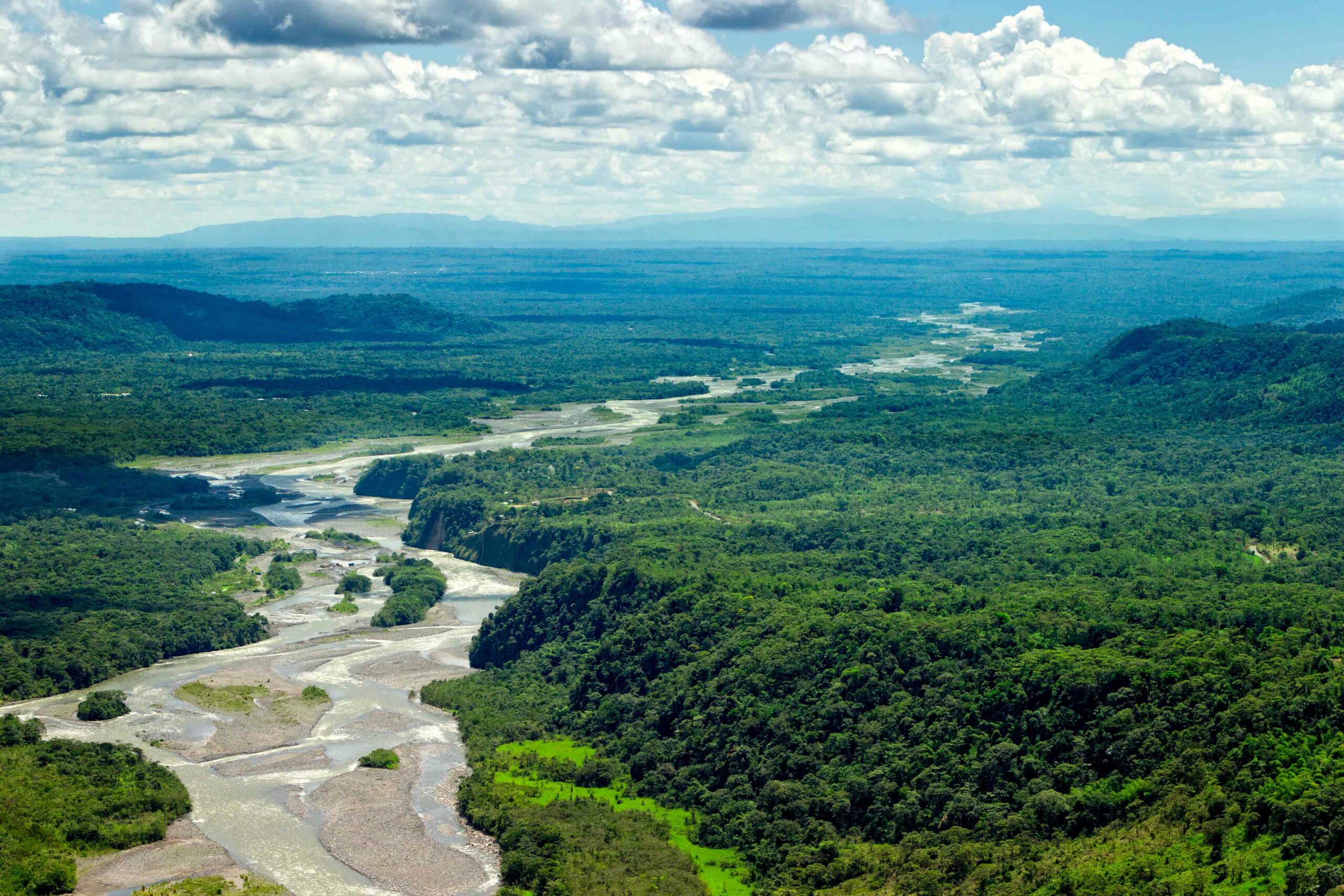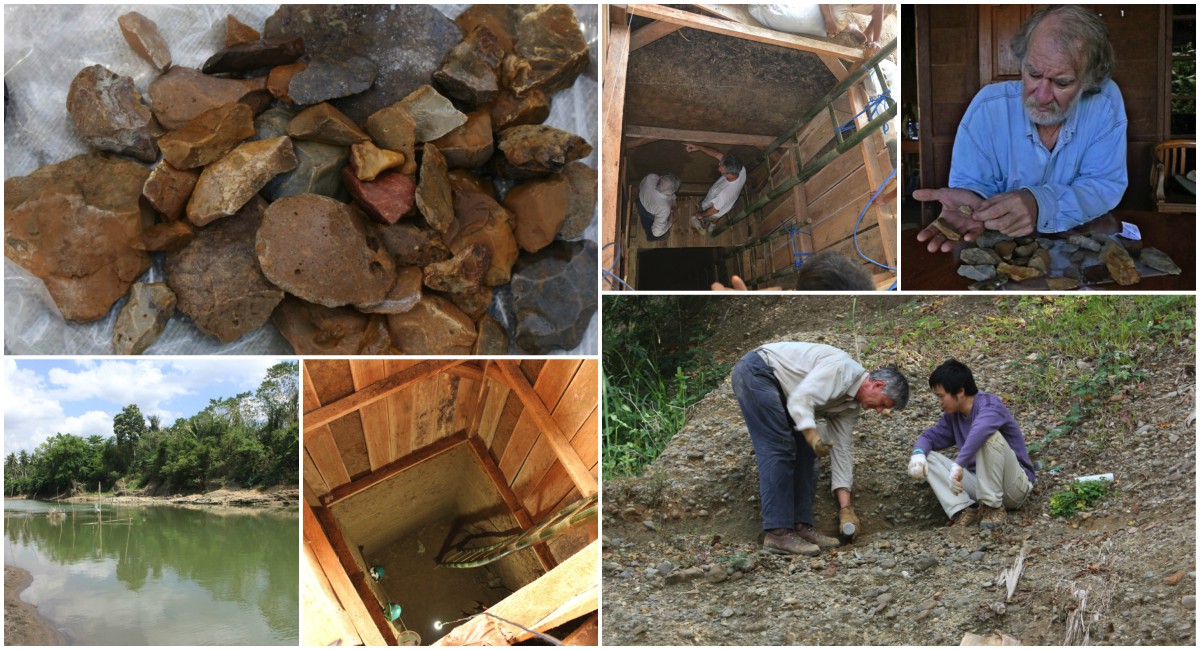
NEW SOUTH WALES, AUSTRALIA—Stone artifacts on the Indonesian island of Sulawesi have been dated to more than 100,000 years ago by a research team led by Gerrit van den Bergh of the Center for Archaeological Science (CAS) at the University of Wollongong. The tools were found at a site called Talepu in the southwestern arm of Sulawesi. “It now seems that before modern humans entered the island, there might have been pre-modern hominins on Sulawesi at a much earlier stage,” he said in a press release. The deposits were dated with a new luminescence dating technique for feldspars called “multiple elevated temperature post-infrared stimulated luminescence,” or MET-pIRIR, that was developed by Bo Li and Richard Roberts, also of CAS. These dates were supported by the discovery of fossilized animal teeth found in a deeper deposit that were dated with a different technique. It had been thought that humans first arrived on Sulawesi between 40,000 and 60,000 years ago, before they traveled on to Australia between 50,000 and 60,000 years ago. To read more about evidence of early inhabitation of Sulawesi, go to "The First Artists."



